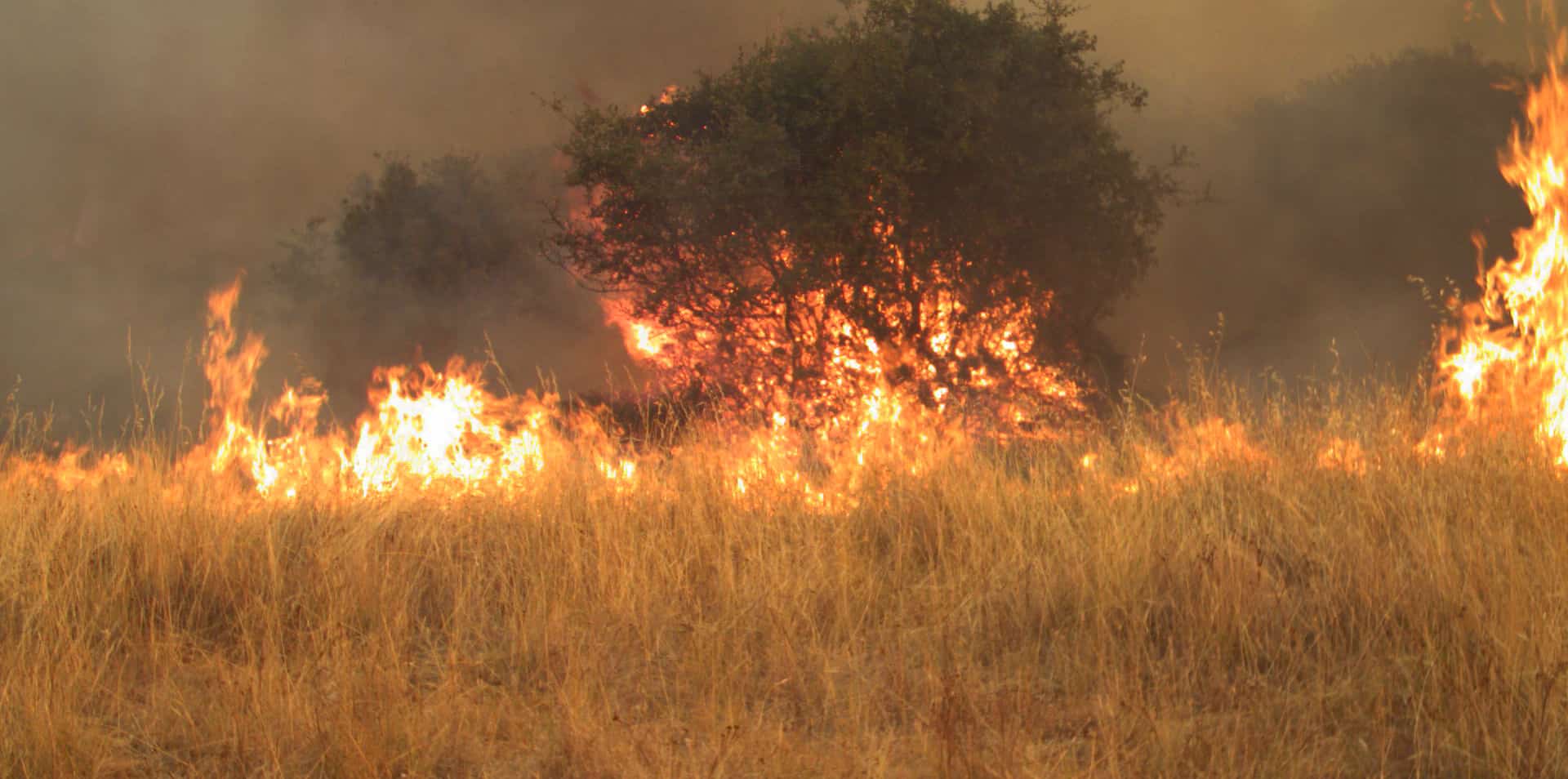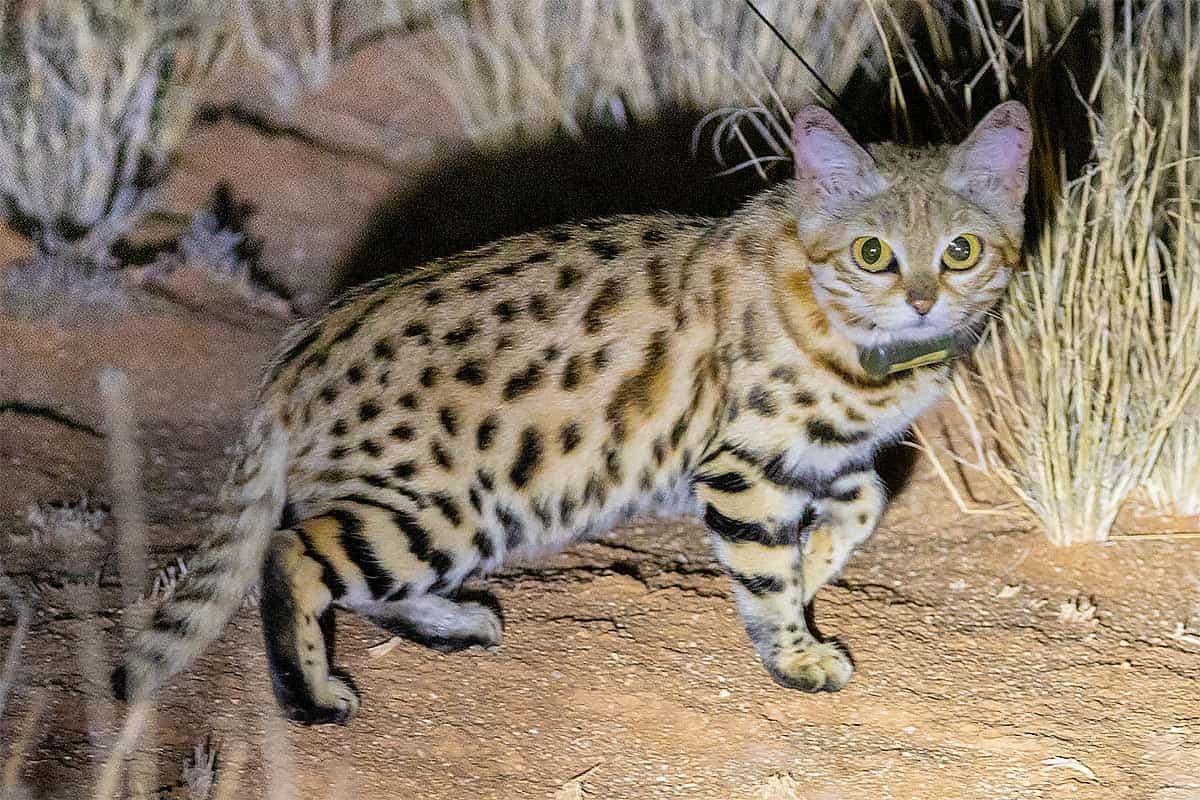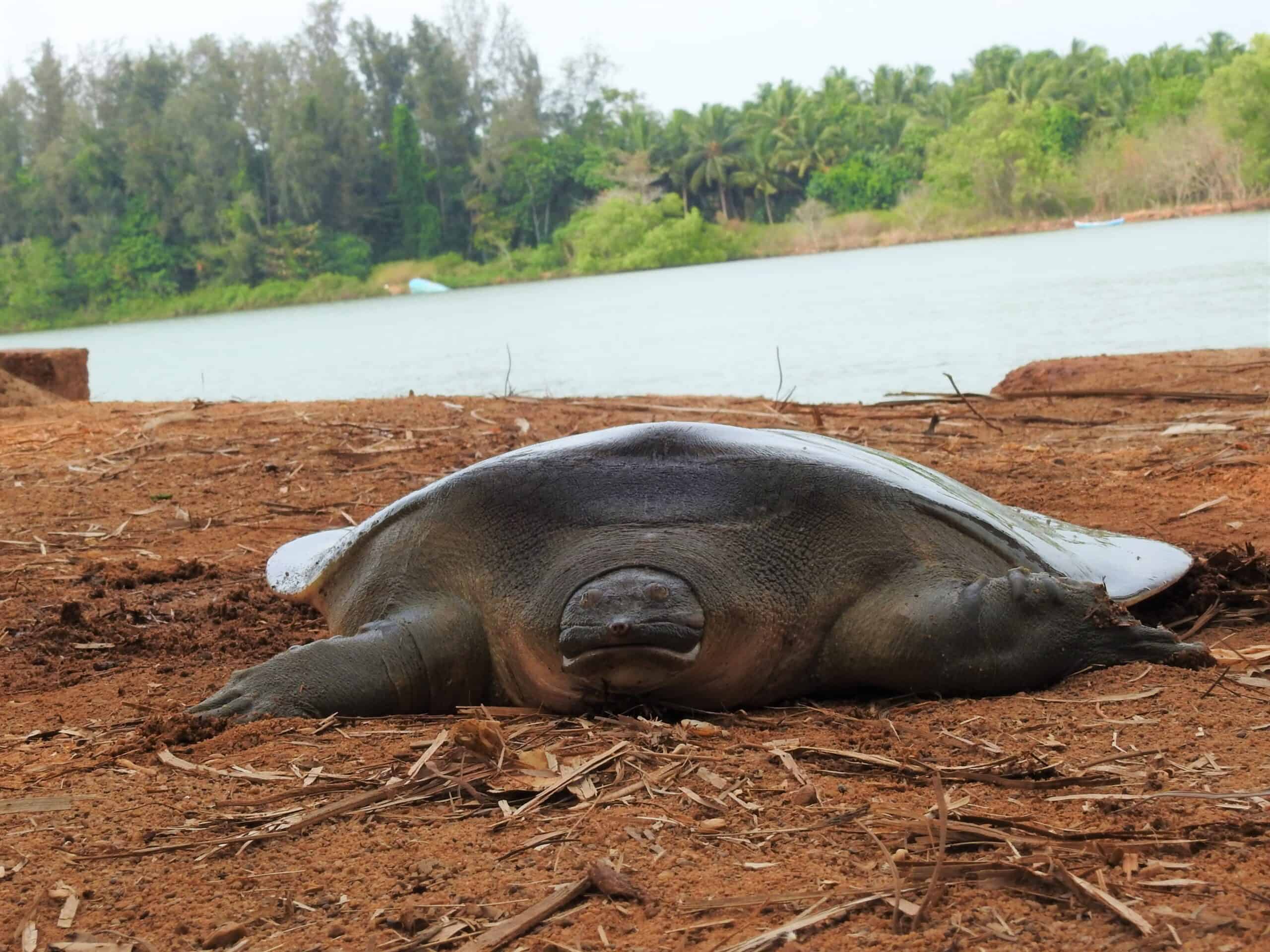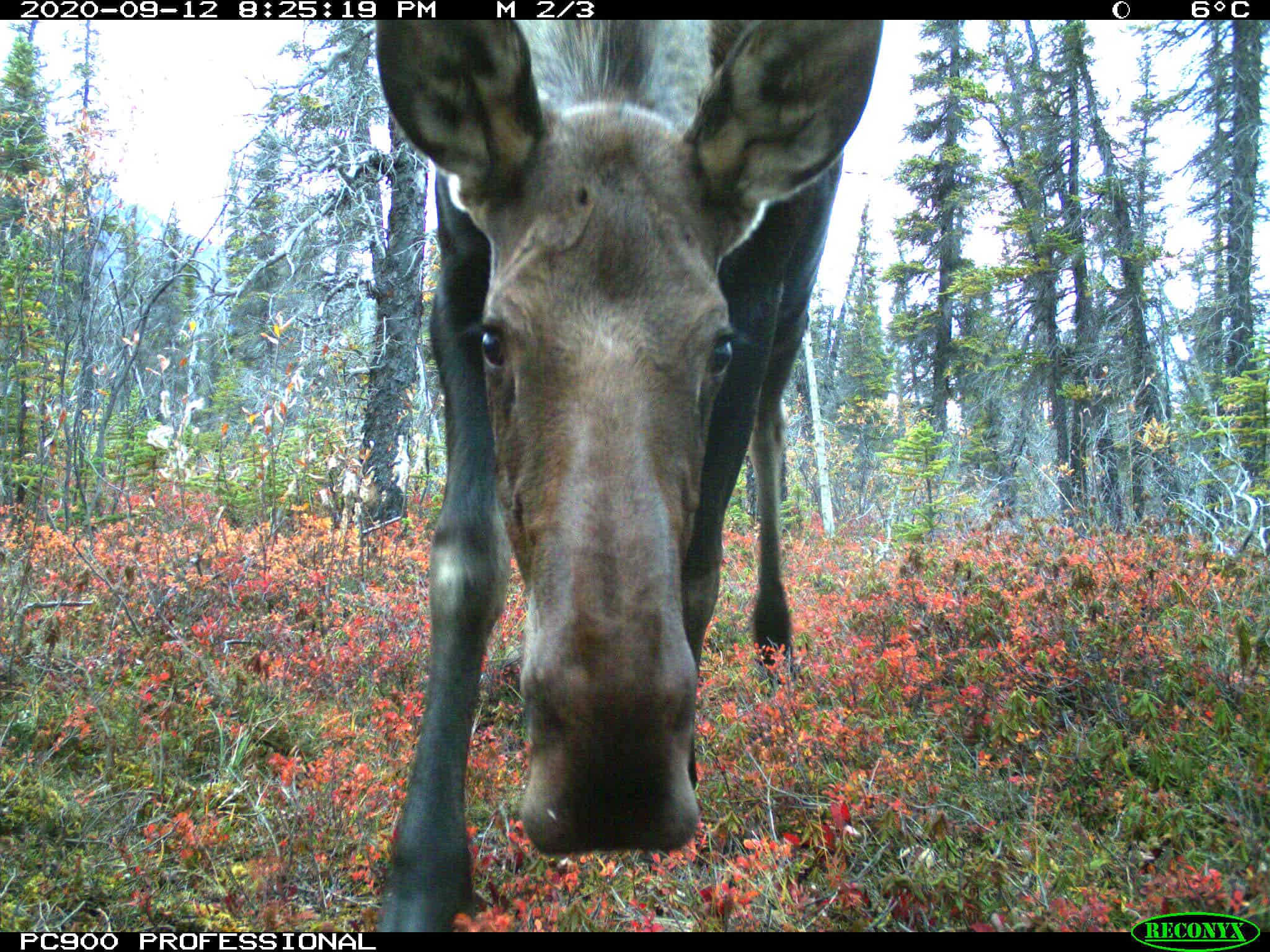Share this article
Wildlife Featured in this article
- Coyote
- Bobcat
- Black-tailed jackrabbit
- Striped skunk
- Gray fox
- Raccoon
- Black-tailed deer
- Gray squirrel
- Mountain lion
- Black bear
Wild Cam: In the face of megafire, some animals prove resilient
Remote cameras capture a before-and-after glimpse of the Mendocino Complex Fire
When the Mendocino Complex Fire burned through Northern California in 2018, it became emblematic of the sort of megafires that have been reshaping the forests of the West.
It was the largest fire ever recorded in California at the time, scorching nearly 460,000 acres before it was controlled. That included the University of California’s Hopland Research & Extension Center, a 5,300-acre ecosystem research facility in the midst of Northern California’s oak woodland, grassland and chapparal.
If there was a bright spot in the devastation, it was for researchers hoping to see how wildlife responded to megafires.
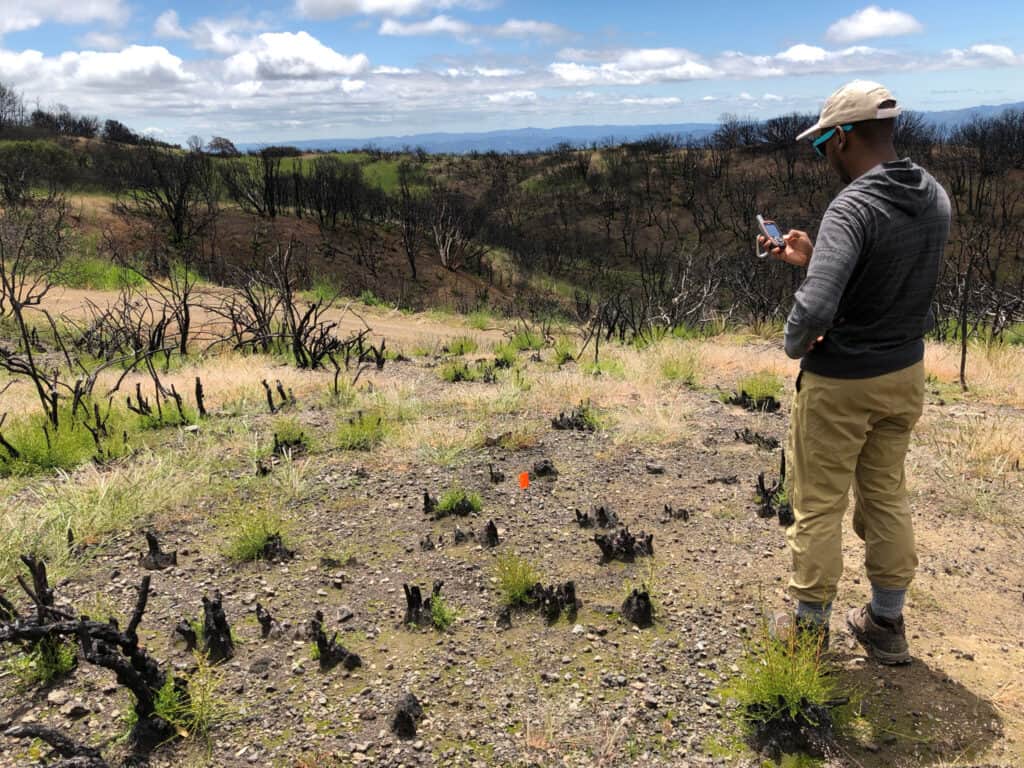
“It was a little bit of right place, right time, wrong time,” said Kendall Calhoun, a PhD candidate at the University of California, Berkeley, pictured at the study site, above.
The center had a grid of 36 motion-sensitive cameras operating since 2016, and while some were damaged in the blaze, many kept functioning. For Calhoun, who had been looking for a way to study the effects of fire on wildlife, it offered an ideal scenario.
“Pretty much as soon as the fire happened, we tried to initiate salvaging what we could so we could take advantage of the opportunity to look at how that fire impacted wildlife across the site,” he said.
The years of images collected before the fire allowed him and his team to compare what they found in the wake of the blaze. And because part of the center was left unscathed by the fire, it allowed them to compare burned areas with unburned areas.
“We had an almost perfect before-and-after snapshot,” Calhoun said.
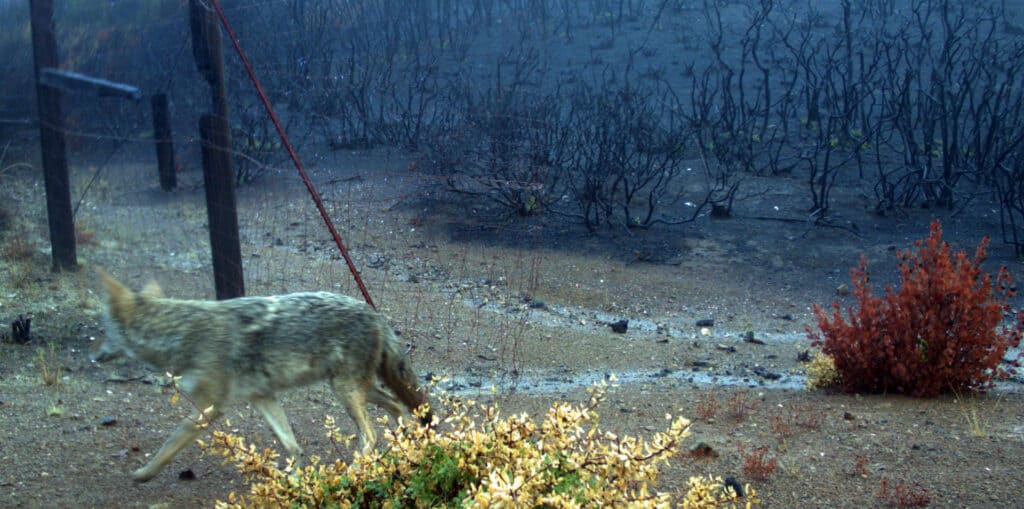
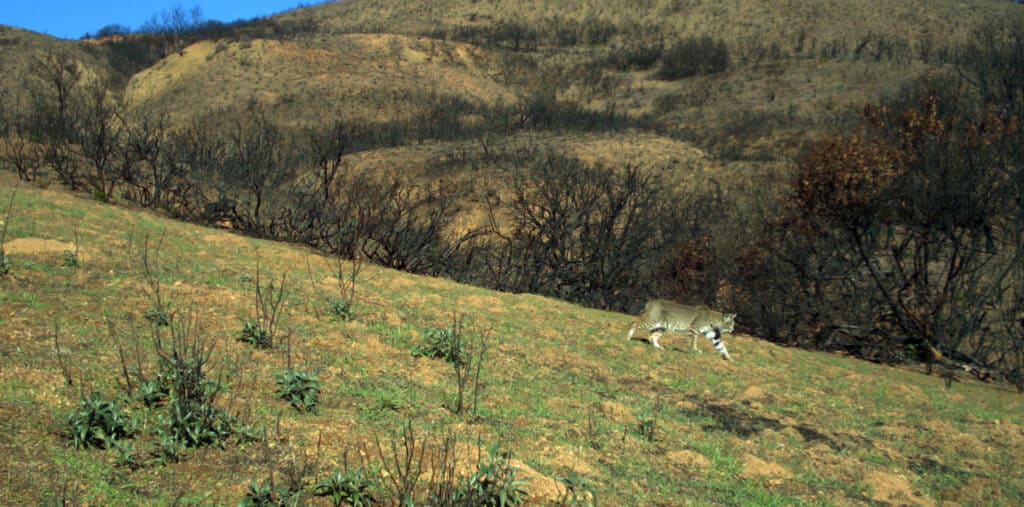
The study found that within months of the fire, many animals were returning. In a study published in Ecosphere, researchers found eight species were “resistant” to the impacts of the fire, including coyotes (Canis latrans) and bobcats (Lynx rufus), pictured above. Black-tailed jackrabbits (Lepus californicus), gray foxes (Urocyon cinereoargenteus), racoons (Procyon lotor) and striped skunks (Mephitis mephitis) also seemed unfazed.
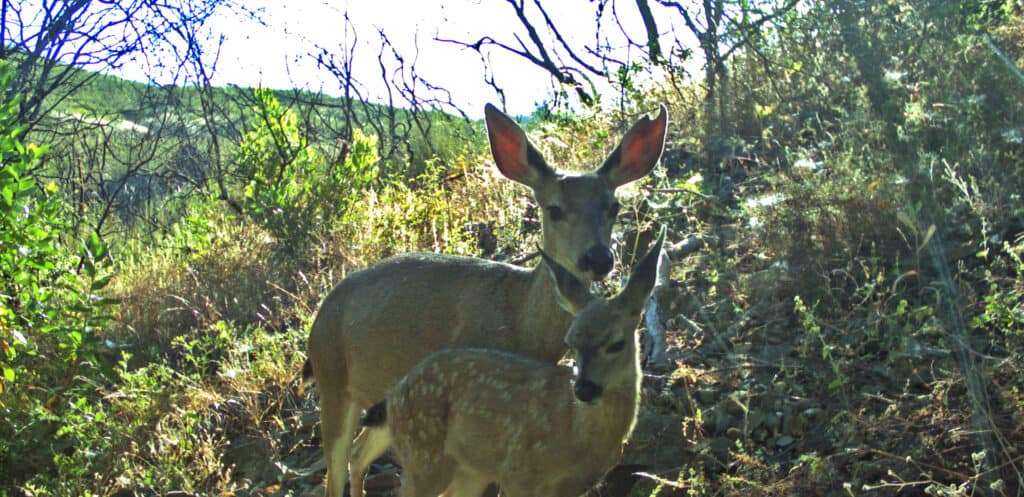
Other species, including black-tailed deer (Odocoileus hemionus columbianus), pictured above, and western gray squirrels (Sciurus griseus) appeared to be more vulnerable.
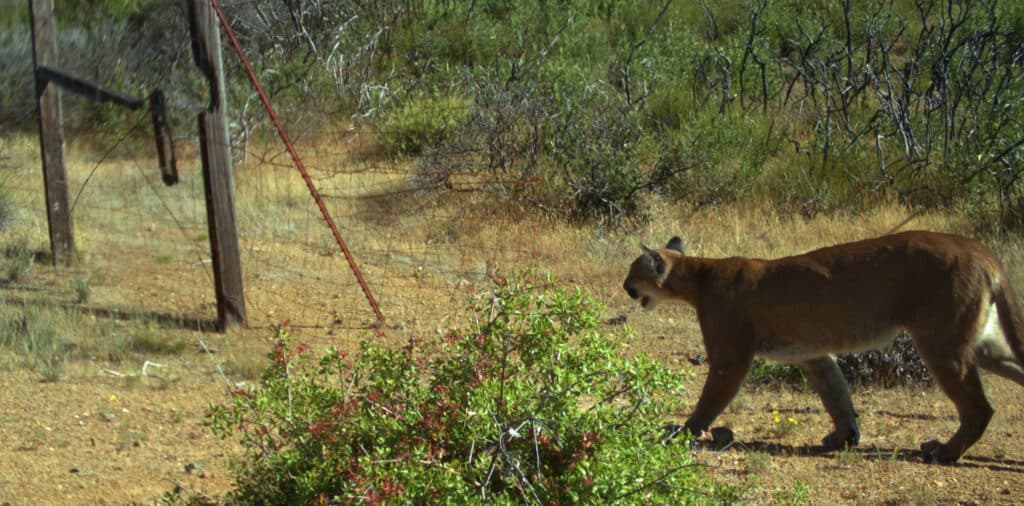
Mountain lions (Puma concolor), pictured above, and black bears (Ursus americanus), also appeared to be slow to return to the scarred areas, but because of their massive home ranges, the effects on them were harder to assess.
Wildfire resilience
The study offers some good news for the ability of mammals to respond to massive wildfires.
“These species have dealt with fire for a long time,” said Calhoun, the study’s lead author. “Even if it’s a megafire, it seems like they have some capacity to respond because they have evolved with the pressures of fire.”
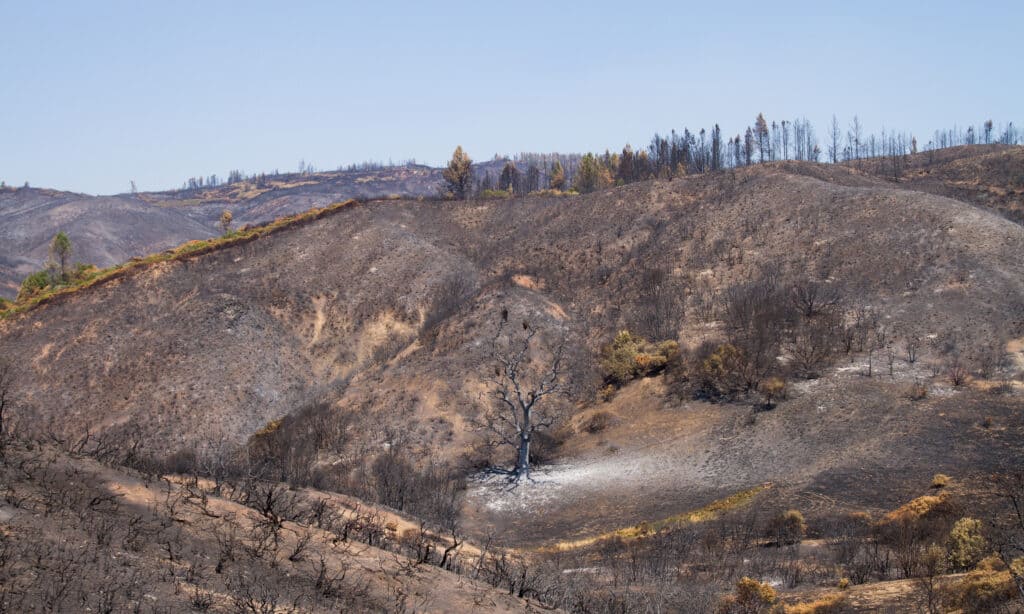
Wildlife’s resilience reflected the severity of the fire, though. Areas where the tree canopy was unburned had a more diverse mix of species than severely burned areas, like the one pictured above.
“We saw it’s really important for the fire not to be this homogeneous, high-severity blaze that leaves nothing,” Calhoun said. “If it can create different patches—a heterogeneous landscape—I think it provides potentially the best-case scenario for a lot of these wildlife.”
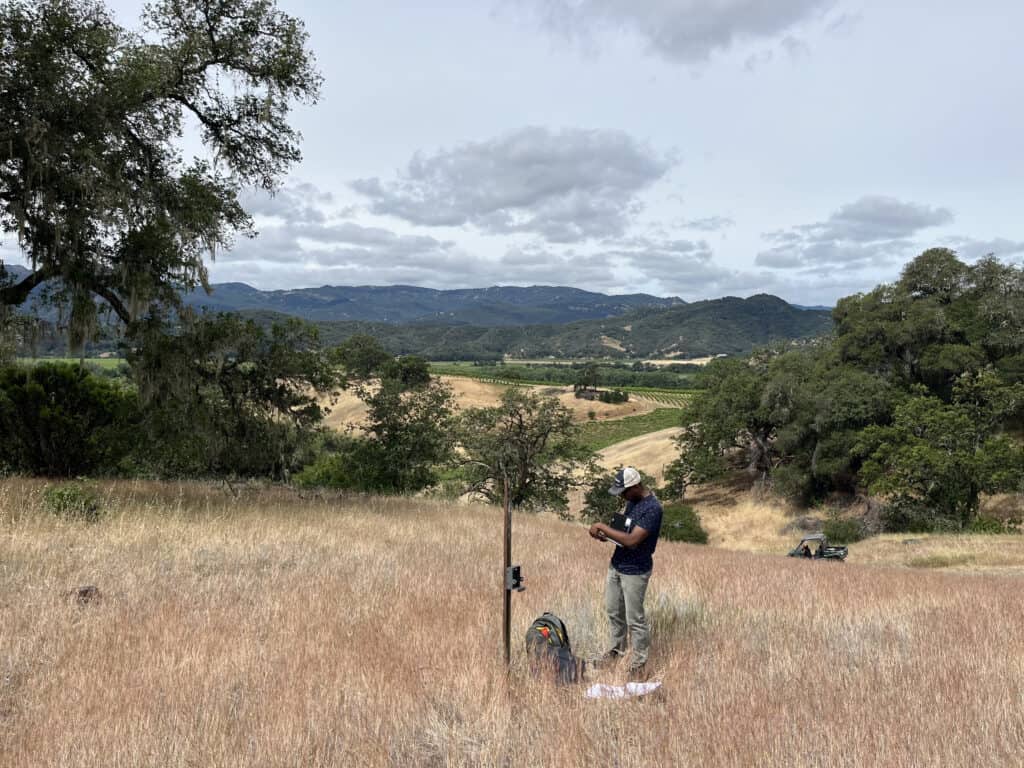
The study provided an unusual glimpse into the effect of fire on California’s oak woodlands. While past research has tended to focus on wildfires in conifer forests, oak woodlands are an important part of California’s landscape, surrounding many of the farms, ranches, vineyards and residential areas throughout the state, as seen above.
For the study, Calhoun’s team—aided by undergraduate volunteers and citizen scientists—combed through some 2 million images looking for signs of wildlife, then created a model to compare the likelihood of species being present before and after the fire.
Their forthcoming research looks at the effects on birds and bats. After completing his PhD this summer, Calhoun plans to look at how fire affects species like mountain lions and bears, and if fires lead to more conflicts with people.
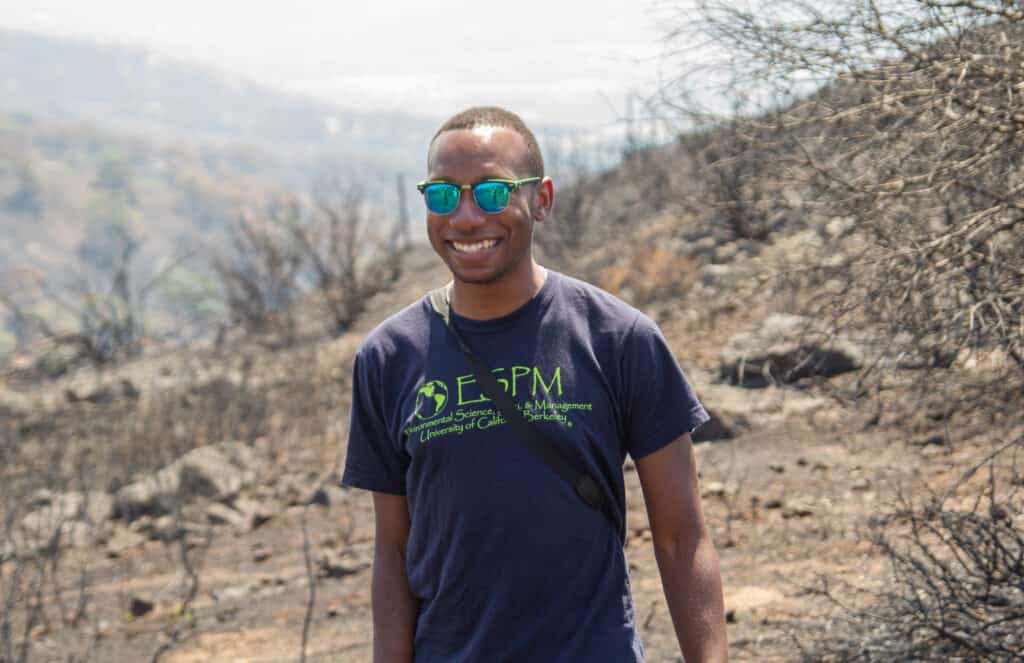
It’s timely research. Despite recent rains decreasing California’s fire danger, destructive fires continue to shape the landscape. In 2021, the Dixie Fire dwarfed the Mendocino Complex Fire to become the state’s largest, at nearly 1 million acres.
“The next megafire may not be too far away,” Calhoun said.
This photo essay is part of an occasional series from The Wildlife Society featuring photos and video images of wildlife taken with camera traps and other equipment. Check out other entries in the series here. If you’re working on an interesting camera trap research project or one that has a series of good photos you’d like to share, email David at dfrey@wildlife.org.
Header Image: A remote camera captures the Mendocino Complex Fire. Credit: Brashares Group-UC Berkeley



